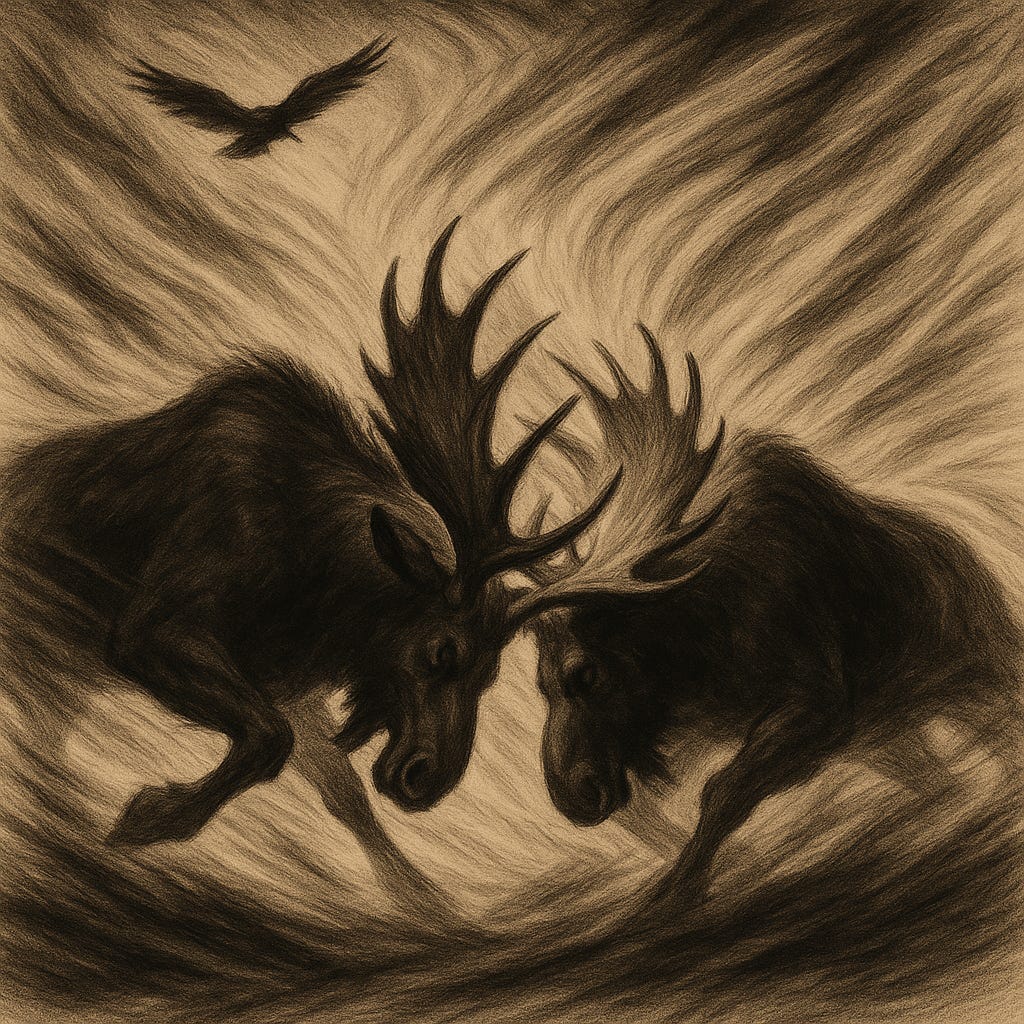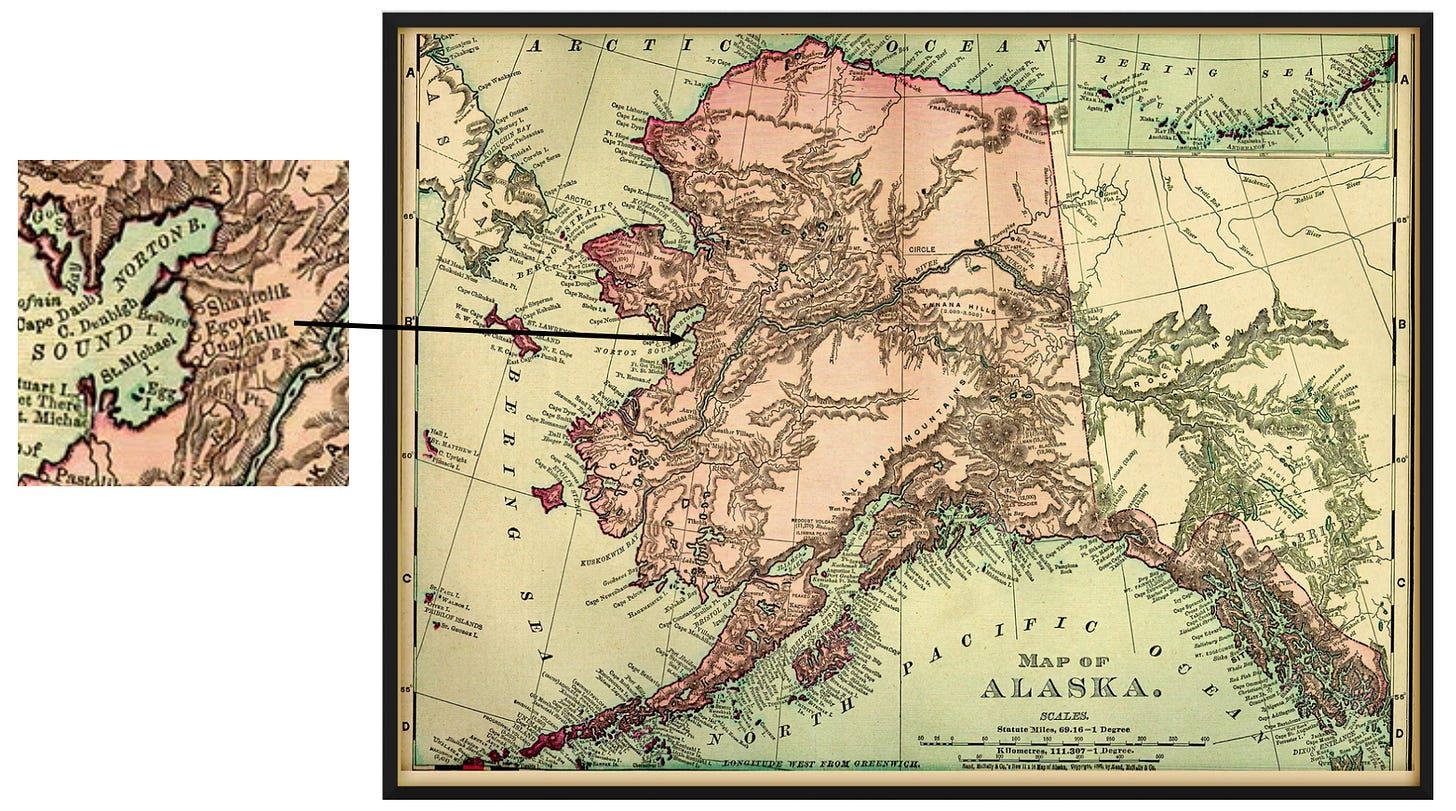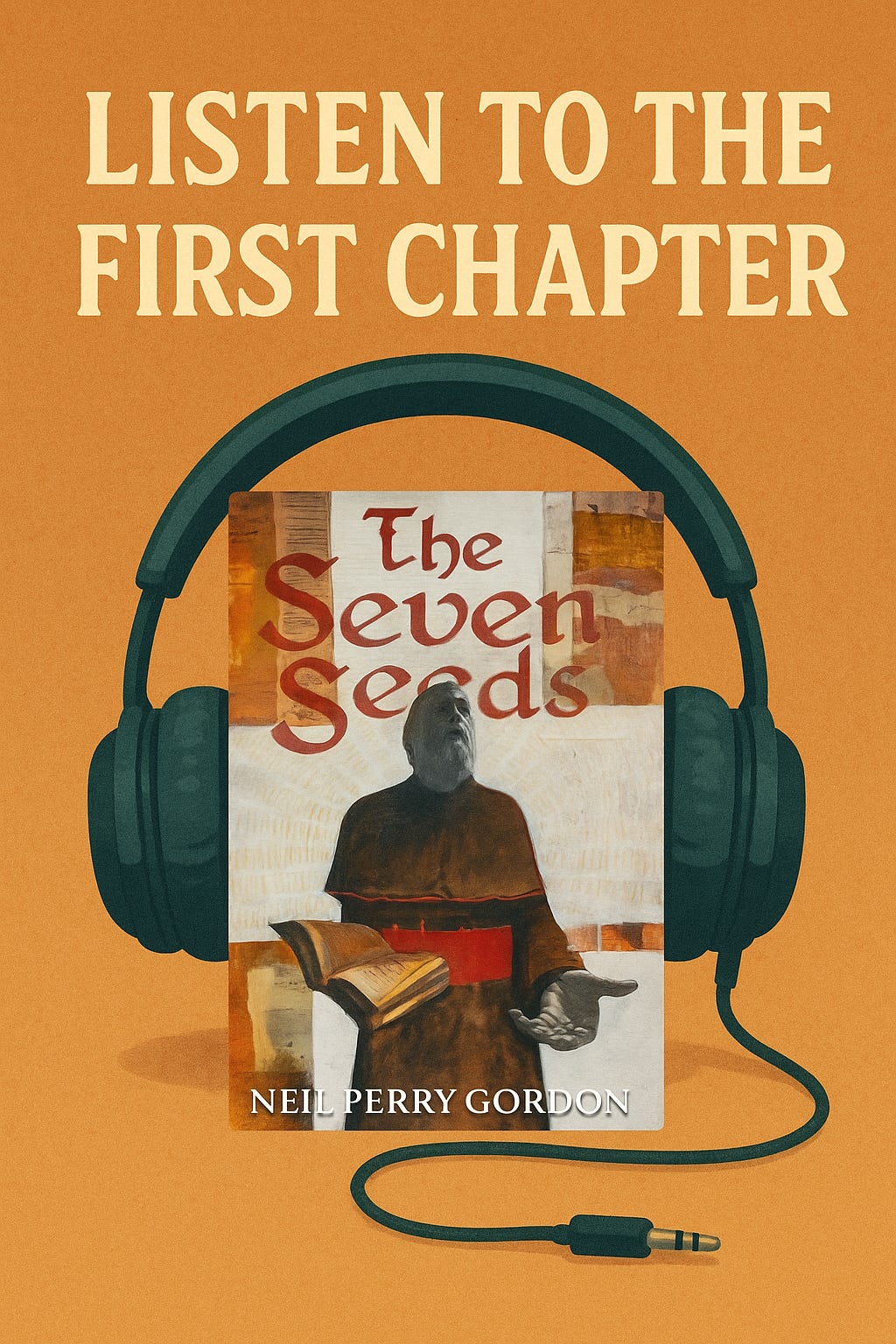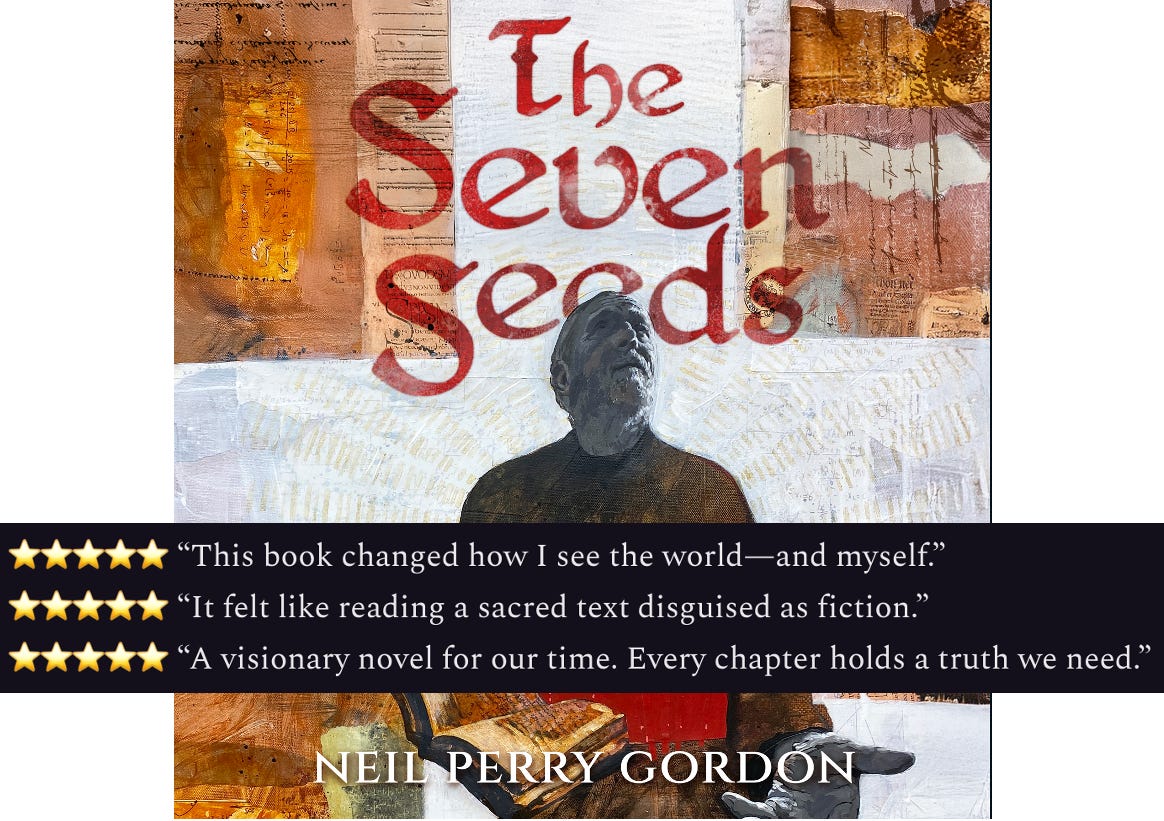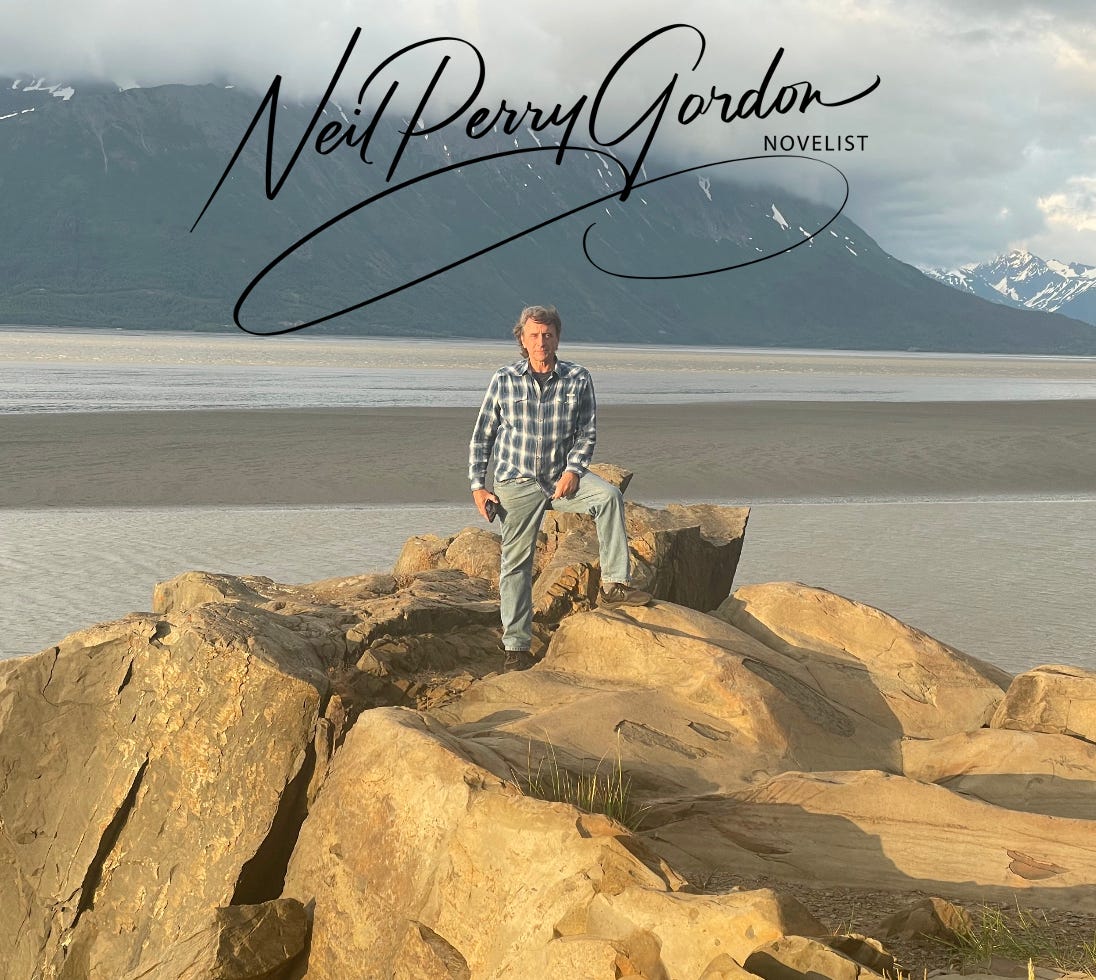The Frozen Kings of Unalakleet
A Village’s Most Haunting Tale
It was my first time in Unalakleet, a small village pressed between the cold edge of the Bering Sea and the inland rise of low, rolling hills. On that summer’s day, the sun was bright, the air hovering near fifty degrees—chilly by my New York standards, but warm enough for residents in short sleeves. Daylight stretched long across the horizon, casting everything in a low, golden glow. The wind carried a sharpness that slipped beneath a jacket, a reminder that even in summer this land belongs to the north. Weathered wooden homes stood in quiet rows along dirt streets, their siding bleached by years of salt air and winter storms. Snowmachines rested beside front steps, waiting for the frozen months ahead, while children pedaled bicycles where only months before sleds had run.
The people here—mostly Inupiat—carry themselves with the calm resilience of those who have lived for generations in a place where the seasons set the rules. Conversations are unhurried, punctuated by laughter that warms more than the coffee cups in their hands. Fishermen talk of salmon runs, hunters of moose and caribou, and elders share memories that drift between decades like sea ice moving in and out with the tide.
During my stay, I asked nearly everyone I met for a story about the village—something that belonged to Unalakleet alone. I heard about storms that stranded families for days, berry harvests so plentiful the buckets overflowed, and sled dog teams that raced across the frozen Norton Sound. But it wasn’t until my last morning, riding in the back seat on the way to catch a flight to Nome, that our friend Evan, with a glint in his eye, leaned forward and said, “There’s one story I don’t think you’ve heard yet… the one about the two moose who locked antlers.”
Locked in Battle, Preserved in Silence
On Alaska’s western coast, Unalakleet lies between the restless Bering Sea and the quiet sweep of the tundra. In November, the light comes late and leaves early, turning the land into long hours of blue shadow. The hills sit bare under a low sky, and the wind moves across the flats with nothing to break its stride. Out here, sound carries far—raven calls, the crunch of snow under a fox’s paws, the crack of river ice beginning to form.
Behind the Covenant Bible Camp, a narrow slough curves away from the river. In summer, it runs deep and slow; in winter, it waits, holding its breath for the cold to seal it over. That seal had formed in the night—a thin pane of glass across dark water, not yet strong enough to hold the weight of what was coming.
From the east, a bull moose stepped onto the frozen grass, his breath curling into the air like smoke. His antlers—wide as a man’s outstretched arms—caught the weak sunlight. From the opposite bank came another, heavier, with darker shoulders and the same rut-driven fire in his eyes. Neither turned away.
They closed the distance, each step deliberate, until the first lunge cracked the air. Antlers clashed with a sound like splitting wood. They shoved, twisted, retreated, then crashed together again. The ice beneath them groaned, spiderweb cracks radiating outward.
A hoof punched through. Water surged around their legs, but the fight didn’t stop. Locked antlers ground together, each trying to twist free yet hold the other. The cold climbed into them, but instinct outweighed fear. The water slowed their movements. Their breaths shortened.
Minutes stretched. Then—stillness. The slough swallowed their weight, and the ice began to knit itself closed over them. By the next day, eight inches of ice sealed them in place. They looked alive, every muscle preserved mid-strain, their eyes clouded but fierce.
The scene was eerily silent, as if the land itself was holding its breath. Tiny air bubbles traced silver veins through the ice around them. The wind pushed dry snow across the surface in ghostly ribbons, sweeping over the frozen bodies and sliding away, leaving them exposed again. Ravens circled overhead but never landed, as if unsure whether these shapes below were prey or monument. At night, the moonlight washed over the slough, turning the moose into pale statues beneath a glass floor, their antlers casting shadows into the black water below.
Days passed like this—no sound but the wind, no movement but the snow. The world carried on around them: fox tracks stitched the riverbank, ptarmigan fed in the willows, the tide shifted under the sea ice at the mouth of the river. But here, on this patch of frozen water, time had stopped.
When the villagers finally came upon them, it was like staring through a window into another world. The bulls lay beneath the ice in perfect detail—two kings frozen at the peak of battle, their racks forever tangled.
Word spread through Unalakleet. Elders came to see. Some stood in silence. Others shook their heads. In all their years, they had never seen a scene like this.
Soon, a team returned with a chainsaw and winch. Cutting them free was hard, the sound of steel biting ice loud against the stillness. The meat was ruined, but nothing would be wasted—some would feed sled dogs, the rest left to the wild. The antlers, eternally locked in combat, would be mounted, a lasting witness to the final fight.
And so the slough went quiet again, the ice smoothing over where it had once told the story—two moose meeting in the open, neither willing to bow, until winter made the choice for them. Out here, where the land is older than any living thing, even the strongest fall, and the only thing that endures is the memory of their stand.
This is a True Story
On November 2, 2016, near the Covenant Bible Camp slough outside Unalakleet, Alaska, middle school teacher Brad Webster and his friend Chris discovered two bull moose frozen mid-fight in the newly formed ice—antlers still locked together, bodies encased in eight inches of ice. Observers described the scene as surreal, “frozen in time,” and utterly unlike anything they’d ever seen.
READ MORE HERE
Photos From the Discovery
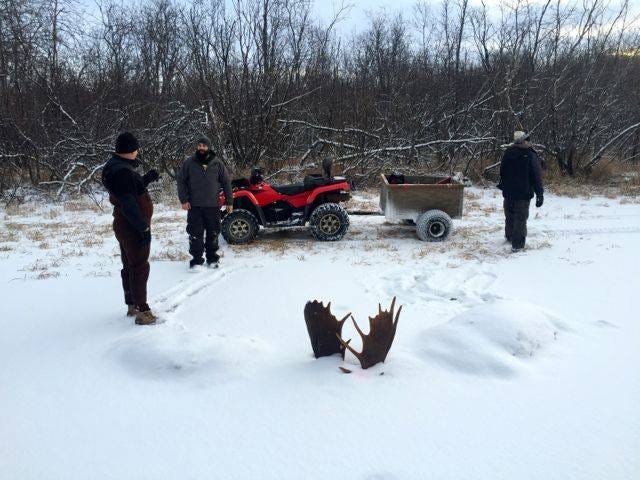
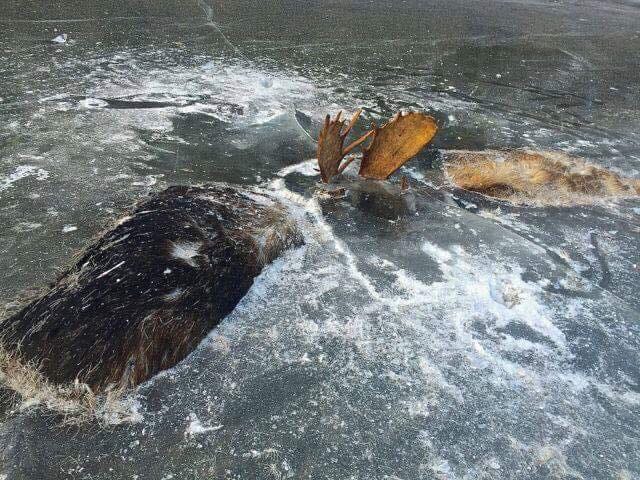
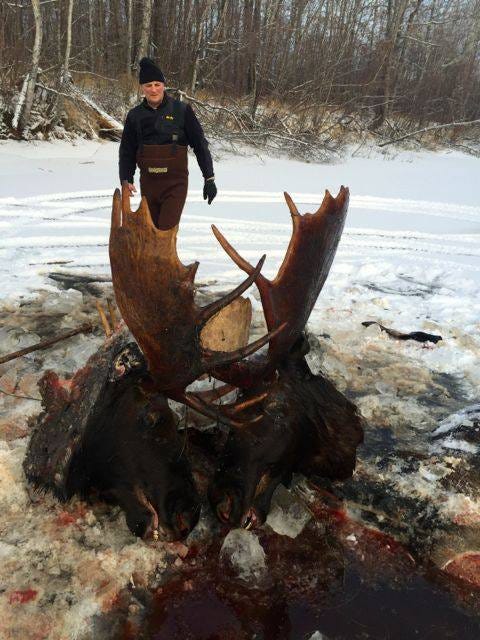
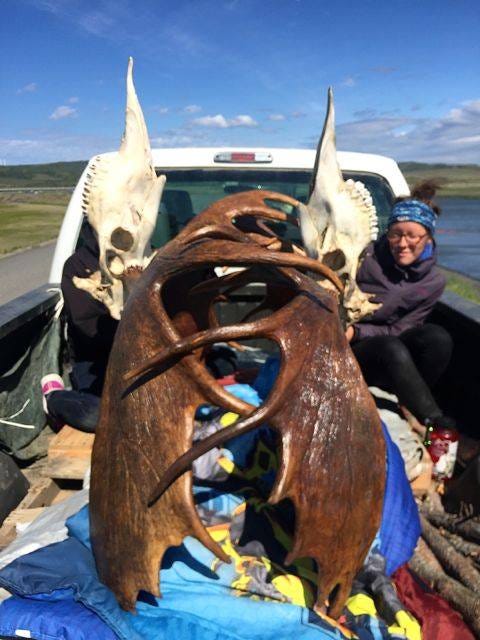
Our Visit to Unalakleet, Alaska
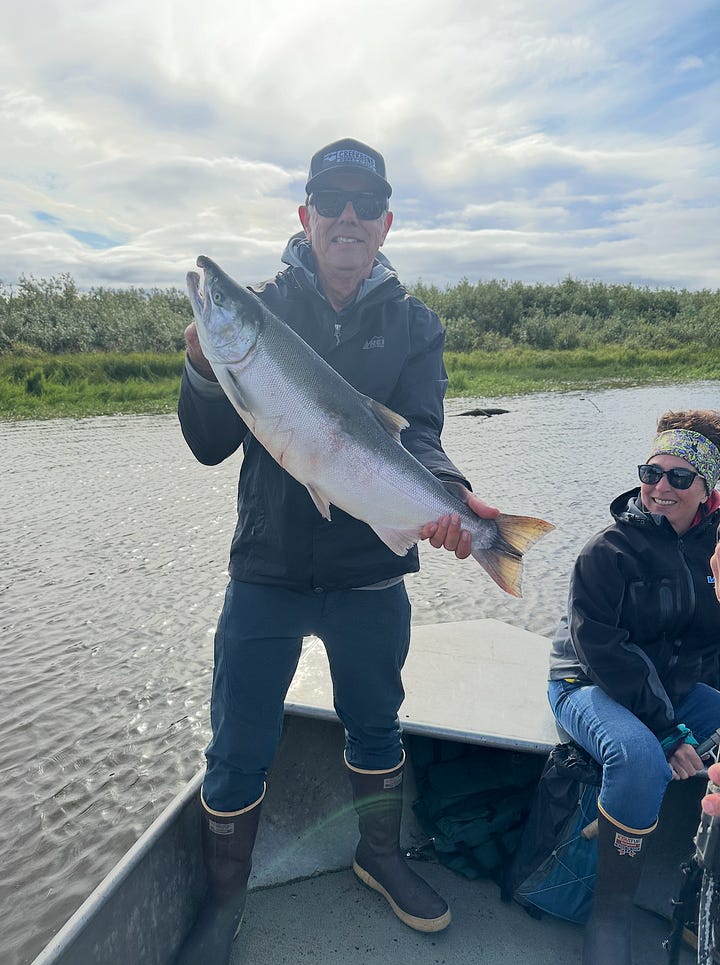
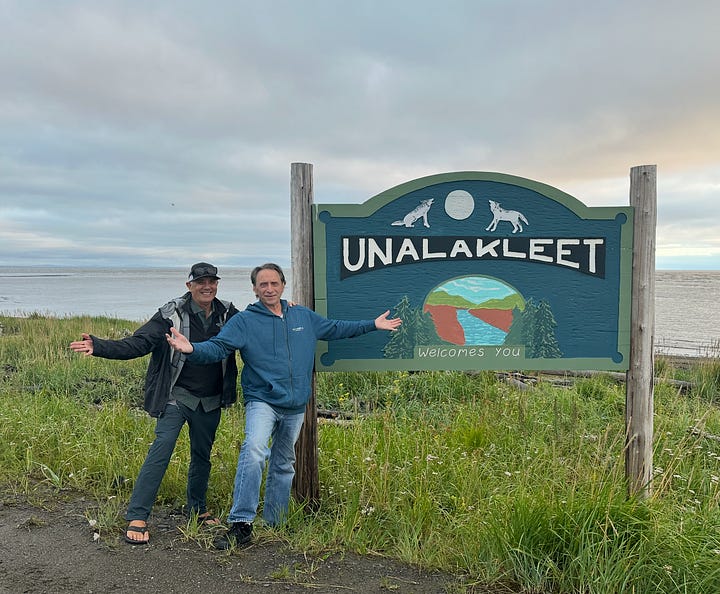
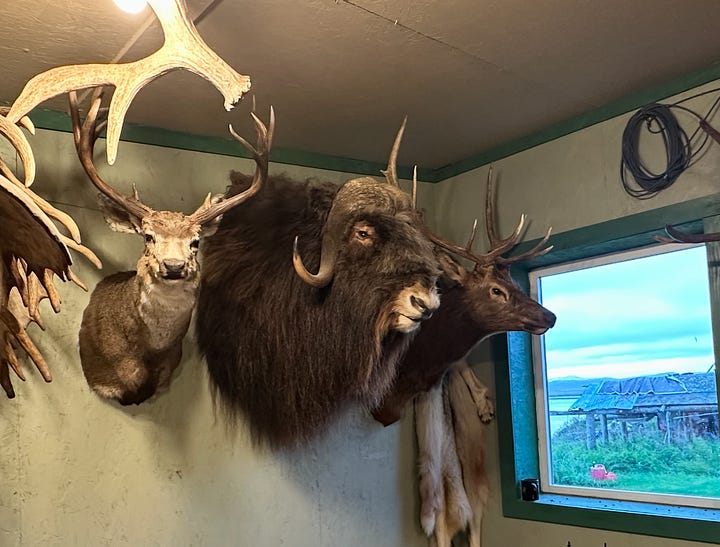
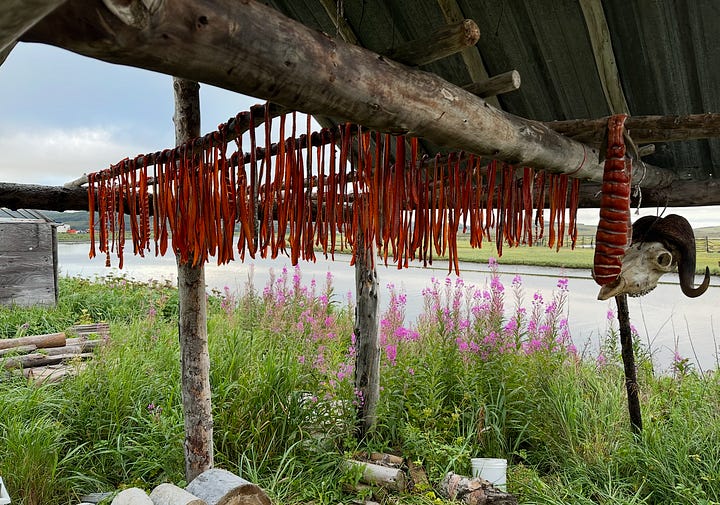
In The Seven Seeds: Shepherd of Souls, readers are invited into a daring reimagining of history where the collapse of Rome—and the rise of Christianity—never occurred. Instead, Rome thrives as an eternal empire under the iron grip of mythical gods and ruthless rulers. Author Neil Perry Gordon deftly crafts a narrative that is as much about the collision of civilizations as it is about the timeless battle between power and virtue.
The story follows Pope Gregory, wrenched from the familiar sanctity of the Vatican and plunged into a world that should never have existed. Rome is unyielding, magnificent in its grandeur, but suffocating under the weight of unchecked ambition. Gregory's journey from a man of faith into a reluctant revolutionary is compelling and deeply human. The discovery of an ancient manuscript detailing The Seven Seeds—compassion, humility, forgiveness, justice, wisdom, courage, and sacrifice—offers him a beacon of hope and a roadmap to challenge the foundations of this alternate empire.
One of the novel's greatest strengths is its rich, immersive setting. The streets of this unfallen Rome pulse with life, from the opulence of imperial palaces to the dark corners where the oppressed whisper of rebellion. Neil Perry Gordon excels at world-building, blending historical accuracy with imaginative flair. The gods of conquest and power feel both familiar and otherworldly, their presence looming over every page like a shadow that cannot be escaped.
But at its heart, The Seven Seeds is a story of transformation. Gregory's mission to sow these virtues into the soul of an empire resistant to change is fraught with danger and moral ambiguity. His allies are as unlikely as they are memorable—disillusioned soldiers, rebellious scholars, and even those who once served the gods he now defies. Each character is layered with complexity, their struggles reflecting the broader themes of redemption and resistance.
What sets this novel apart is its refusal to offer easy answers. The virtues Gregory champions are not presented as simple fixes to a broken world. Instead, they are seeds—fragile, vulnerable, requiring sacrifice and relentless effort to take root. As Gregory grapples with his doubts and confronts the merciless Emperor, readers are left to ponder the true cost of change and whether it is ever truly possible in the face of overwhelming power.
The Seven Seeds is more than just an alternate history; it's a meditation on the enduring struggle between might and morality. For those who crave epic narratives that challenge the boundaries of history and human nature, this novel delivers a story that is both thought-provoking and thrilling. It's a journey that will linger long after the final page, a testament to the enduring power of belief—even in a world that has forgotten it.



